You can also use the quanteda package.
To recreate your data.frame:
df <- data.frame(Date = c("2015-01-01", "2015-01-01", "2015-01-03", "2015-01-01"),
Group = "Cars",
Reporting = c(rep("A", 3), "B"),
Comments = c(rep("This car is awesome", 3), "No comments"),
stringsAsFactors = FALSE)
df
# Date Group Reporting Comments
# 1 2015-01-01 Cars A This car is awesome
# 2 2015-01-01 Cars A This car is awesome
# 3 2015-01-03 Cars A This car is awesome
# 4 2015-01-01 Cars B No comments
Short way to a document-term matrix:
dfm(df$Comments)
# Document-feature matrix of: 4 documents, 6 features (41.7% sparse).
# 4 x 6 sparse Matrix of class "dfmSparse"
# features
# docs this car is awesome no comments
# text1 1 1 1 1 0 0
# text2 1 1 1 1 0 0
# text3 1 1 1 1 0 0
# text4 0 0 0 0 1 1
Long way to a dfm:
Make a corpus of it, including document variables:
require(quanteda)
myCorpus <- corpus(df, text_field = "Comments")
summary(myCorpus)
# Corpus consisting of 4 documents.
#
# Text Types Tokens Sentences Date Group Reporting
# text1 4 4 1 2015-01-01 Cars A
# text2 4 4 1 2015-01-01 Cars A
# text3 4 4 1 2015-01-03 Cars A
# text4 2 2 1 2015-01-01 Cars B
#
# Source: /Users/kbenoit/Dropbox (Personal)/GitHub/quanteda/* on x86_64 by kbenoit
# Created: Wed Jun 21 23:34:35 2017
# Notes:
Then:
dfm(myCorpus)
# Document-feature matrix of: 4 documents, 6 features (41.7% sparse).
# 4 x 6 sparse Matrix of class "dfmSparse"
# features
# docs this car is awesome no comments
# text1 1 1 1 1 0 0
# text2 1 1 1 1 0 0
# text3 1 1 1 1 0 0
# text4 0 0 0 0 1 1
